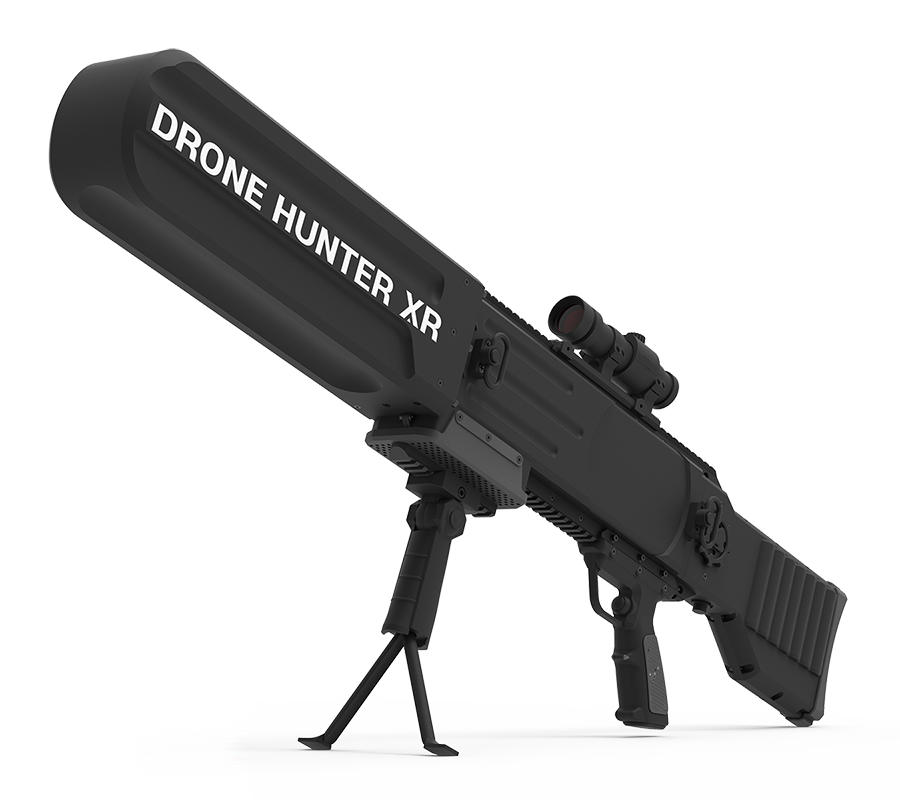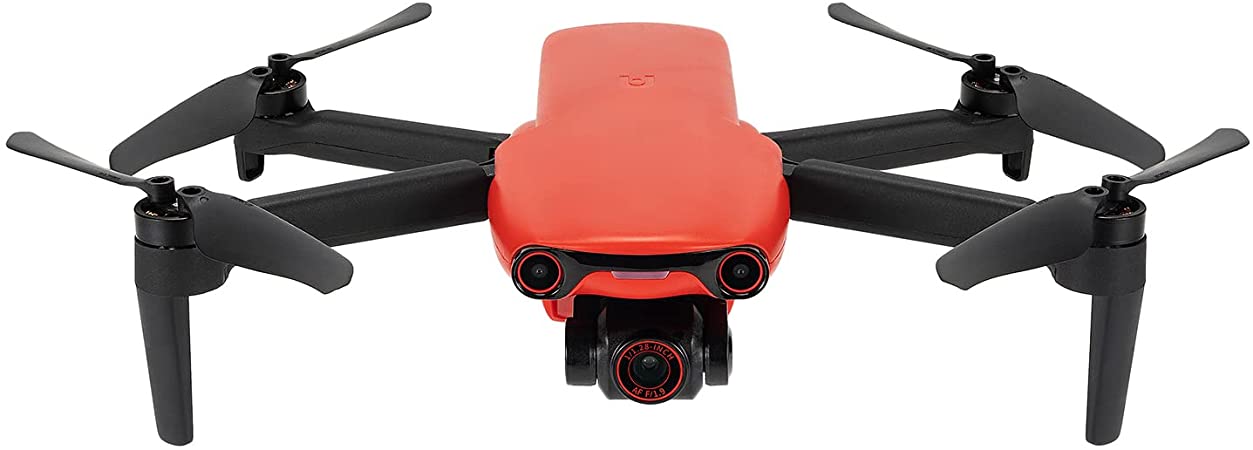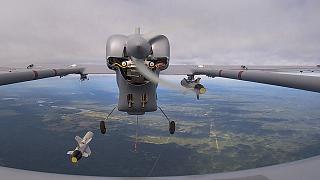
To fully understand the future of industrial drones it is useful to first understand the issues surrounding this technology. We will talk about Regulations. Sensors. Applications. And the Future. We'll also be discussing the challenges they present. This article aims at providing an overview of these problems and discussing how industry ecosystems may help the industry grow. After all, these drones can transform our world for the better. These drones have the potential to improve productivity, lower costs, and save lives.
Applications
Industrial drones are versatile and can be used for many purposes, such as construction, inspection, disaster relief, and construction. A drone can also be equipped with sensors, including lidar, laser, and ultrasonic distance sensors. Chemical sensors and time-offlight sensors are other types. Multispectral sensors capture data at both visible and invisible wavelengths. Visual sensors are capable of capturing still images and video. Thermal sensors can be used to monitor hot spots or to monitor security threats.
Drones can also be used to aid in operations, saving both time and money. This technology can help remove people from potentially dangerous situations and assist with traffic management, measuring pollution levels, and other tasks. These drones have many potential applications, and they are only getting more. While they are mostly used to perform dangerous or dirty tasks, they have also found a place in entertainment and advertising. Commercial drones can help pull banners and put on light shows.
Sensors
Industrial drones are now capable of flying above worksite to collect data. The sensors on the drones are capable of measuring ambient conditions as well as chemical compositions. They can inspect structures and infrastructures such as bridges, pipelines, power plants, and bridges. Multiple sensors can be mounted to the drone by means of a sensor pod. The drone can either be controlled remotely or by a pilot to give you more control. In either case, sensors help the industrial drone achieve its goal and provide valuable data.

Multispectral sensors have an advantage in forest because they provide a spectral response to differentiate between trees or bushes. A hyperspectral sensor can provide up to 200 spectral bands per pixel. These sensors are capable of collecting data at terabytes per flight, which is more than any other type. Multispectral scans typically use a push or whisk-broom technique.
Regulations
Companies that use industrial drones need to comply with regulations. The National Business Aviation Association created a guide for drone pilots. This guide includes key findings that were gathered from trials carried out by the CAAC. Among other things, drone regulations should consider weight, risk class, and management system. The guidelines also address foreign drone operators. However, the guidelines must be implemented by companies, not by the FAA.
Regulators should adapt regulations to the specific nature of each operation in order to avoid regulatory burden. Most drone operations take place in unpopulated airspace where there are few other aircraft, residents, or properties. Operations like crop monitoring, for example, may not be subjected to the same safety regulation that those using drones in agriculture. Further, operators must also demonstrate that they have sufficient experience and are willing to invest in the technology. Regulations for industrial drones must be flexible but not hinder the growth of the U.S. market for drones.
Future
In many areas, such as construction and agriculture, the use of industrial drones has been increasing. They are already used in many disaster areas and in pesticide spraying. Other uses of drones include construction projects, power line inspection, and academic research. Future industrial drones will be used to inspect powerlines as well as assess the quality of land. Industrial drones offer many potential applications. These innovative technologies are available to you if you read the following.

Industrial drones may be used to increase efficiency and reduce costs in the near-term. They can reduce costs and work efficiently, while improving accuracy and customer service. They could even help solve security issues on a global scale. Drone technology has evolved from a fad into a major trend. Businesses are now realizing the potential of drone technology. These drones have proven their worth and will be a great tool for increasing productivity.
FAQ
You can fly a drone as high as you like without a license.
The FAA has no limit on how high you can fly a drone. However, they do require you to register your unmanned aircraft system (UAS), which includes the registration number, model name, weight, size, serial number, manufacturer's name, date manufactured, and other information.
Do I need to be able to fly a drone without special training?
No, you don’t have to learn any special skills in order for your drone to fly. You only need a remote controller unit and basic knowledge about flight mechanics.
What type of batteries can a drone use to charge its batteries?
Drones are powered by lithium-ion battery. A typical drone consumes between 3 and 6.
What is the law regarding drones flying over private property
New rules were recently published by the FAA regarding commercial drone flights. These rules apply only to UAVs weighing less than 55 pounds and flying below 400 feet above ground level. Commercial operators must register at the FAA and apply for a license. They will also require permission from local authorities to operate near airports and other restricted areas.
Statistics
- With the top 10% making over $100/h and the bottom 10% making as low as $10/h. (dronesgator.com)
- According to Indeed, a drone pilot gets paid $25.73 per hour on average in the US. (dronesgator.com)
- According to industry research from ZipRecruiter , there are 10 cities where the typical salary for a Drone Pilot job is above the national average. (dronesgator.com)
External Links
How To
How do you clean your drone?
Before cleaning your drone, here are some tips. This guide will help you make sure that you get the most out of your drone.
-
Make sure you have the right tools. Before you start anything, make sure you have everything you need at hand. A soft toothbrush (or a toothbrush), and a cleaning solution (we recommend using WD40).
-
Remove the battery pack. First, remove the battery pack from your drone's bottom. The battery is usually located under the propeller. Don't be alarmed if it's not obvious. Take care to not loose any screws while removing it.
-
Take off all parts. Next, you'll need to carefully remove all of the parts from the underside of your drone. Make sure they're not loose or damaged as they might fall off during cleaning.
-
Use a cleaner. Now, it's time to clean your drone. Use WD40 to clean your drone. Simply spray the entire surface of your drone with the cleaner, making sure to get in between each component. Let it dry completely before you put everything back together.
-
Put on the battery. The battery should be reattached after cleaning the drone. You'll be able test the drone's performance after it has been cleaned.